Home>diy>Architecture & Design>Who Designed The House And Building
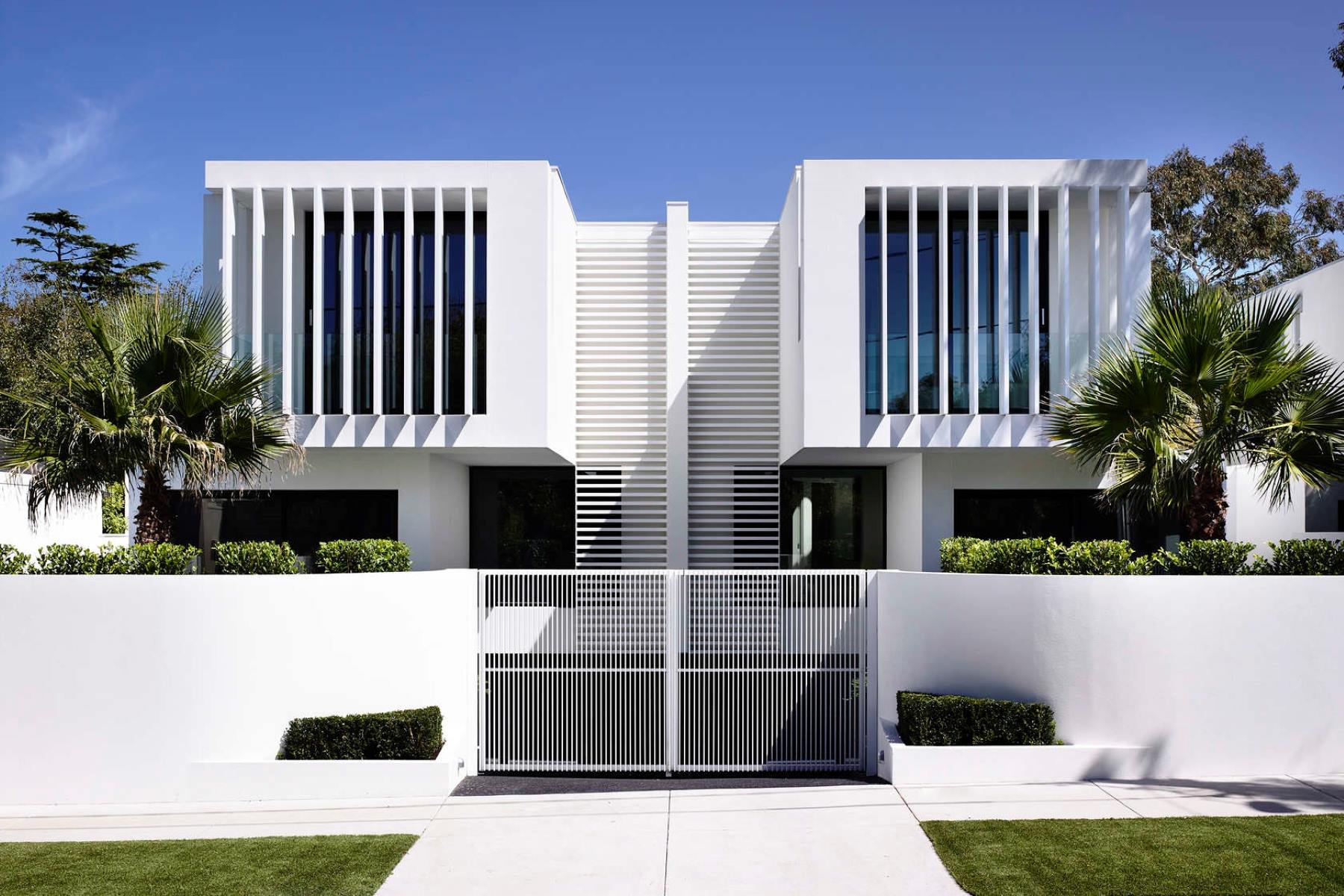

Architecture & Design
Who Designed The House And Building
Modified: December 7, 2023
Discover the brilliant minds behind the architecture design of your dream house and building. Uncover the master architect responsible for crafting exceptional structures and extraordinary spaces.
(Many of the links in this article redirect to a specific reviewed product. Your purchase of these products through affiliate links helps to generate commission for Storables.com, at no extra cost. Learn more)
Introduction
When we admire a beautifully designed house or building, it is often easy to overlook the intricate thought and planning that went into its creation. Behind every stunning architectural wonder lies a team of professionals who collaborated to bring the vision to life. From the initial concept to the final execution, the design process involves architects, interior designers, structural engineers, landscape designers, and more, all working in harmony to create a cohesive and functional space.
In this article, we delve into the various aspects of architecture and design, exploring the roles of these experts and how their contributions shape the final outcome. Join us on this journey as we unravel the secrets behind the breathtaking designs that grace our cities and neighborhoods.
We begin by exploring the realm of architectural design. Architects play a pivotal role in imagining and conceptualizing the overall structure and appearance of a building. They carefully consider factors such as aesthetics, functionality, and cultural influences to create a design that stands as a testament to human ingenuity.
Key Takeaways:
- Collaborative efforts are essential in architecture and design, bringing together diverse professionals to create functional, sustainable, and culturally significant spaces. The seamless collaboration of architects, designers, and engineers fosters innovation and comprehensive design solutions.
- Architecture and design reflect cultural influences, historical significance, and sustainability considerations. They have the power to shape experiences, enhance well-being, and contribute to a more sustainable and culturally rich world.
Read more: Who Is Involved In Building A House
Architectural Design
Architectural design is the art and science of creating structures that are aesthetically pleasing, functional, and durable. Architects combine artistic vision with technical knowledge to design structures that meet the needs of their clients and adhere to building codes and regulations.
At the core of architectural design is the concept phase. During this stage, architects work closely with their clients to understand their vision and requirements. They consider factors such as the purpose of the building, the site conditions, and the available budget. Armed with this information, architects begin to sketch and create initial design concepts.
Once the initial concept is approved, architects move on to the design development phase. Here, they refine the concept, taking into account the structural stability, environmental impact, and spatial planning. They create detailed drawings and models to communicate their ideas to clients, contractors, and other stakeholders.
The next step is the construction documentation phase. Architects prepare detailed technical drawings and specifications that serve as a guide for builders and contractors. These documents outline the materials, dimensions, and finishes of the building, ensuring that the project is executed correctly and safely.
Throughout the design process, architects must consider aesthetics, functionality, and user experience. They meticulously balance form and function, creating spaces that are not only visually appealing but also practical and comfortable for the occupants.
Architectural design is an iterative process. Designers constantly revise and refine their ideas based on feedback and constraints. They strive to find innovative solutions to challenges and push the boundaries of creativity to create truly unique and iconic structures.
Ultimately, the success of architectural design lies in its ability to create spaces that inspire, uplift, and improve the quality of life for those who inhabit them. It is a discipline that marries art and science, where creativity and technical expertise intertwine to shape our built environment.
Interior Design
While architectural design focuses on the overall structure of a building, interior design involves the careful consideration of the spaces within that structure. It is the art of enhancing the interior environment to create functional, aesthetically pleasing, and harmonious spaces that cater to the needs of the occupants.
Interior designers work closely with architects and clients to translate the overall design concept into tangible interior spaces. They consider factors such as the purpose of the space, the intended users, and the desired atmosphere. Their goal is to create interiors that align with the architectural vision while incorporating elements of style and personalization.
One important aspect of interior design is spatial planning. Designers carefully analyze the flow and arrangement of various rooms and areas within a building. They take into account factors such as natural light, ventilation, and ease of movement to create efficient and functional layouts.
Another key element of interior design is the selection and arrangement of furniture, fixtures, and finishes. Designers consider factors such as comfort, durability, and visual appeal when choosing furnishings and accessories. They also pay attention to color schemes, textures, and lighting to create harmonious and inviting spaces.
Interior designers also play a crucial role in creating a cohesive visual narrative throughout a building. They ensure that the design elements, materials, and colors used in different spaces complement each other, creating a sense of unity and continuity.
Furthermore, interior designers often collaborate with other professionals, such as lighting designers and acousticians, to enhance the functionality and ambiance of a space. They consider aspects such as natural and artificial lighting, acoustics, and environmental sustainability to create environments that are comfortable, engaging, and environmentally conscious.
Overall, interior design is not just about aesthetics; it is about creating spaces that fulfill the needs and desires of the building’s occupants. Whether designing a cozy home or a bustling office, interior designers strive to create environments that are both functional and visually pleasing, blending functionality with creativity to transform spaces into inviting and inspiring places to be.
Structural Engineering
Behind every solid and stable building stands the expertise of structural engineers. These professionals play a crucial role in ensuring the safety and integrity of structures by analyzing, designing, and overseeing the construction of load-bearing elements.
Structural engineers work hand in hand with architects to transform design concepts into structural realities. They assess the forces that a building will be subjected to, such as gravity, wind, and seismic loads, and determine the appropriate materials and structural systems to withstand those forces.
One of the primary responsibilities of structural engineers is to ensure the stability and strength of a building. They design structural systems that can manage the loads and distribute them throughout the building safely. This includes considering factors such as the type of foundation, the arrangement of columns and beams, and the selection of appropriate materials such as concrete, steel, or timber.
Throughout the design process, structural engineers use advanced software and computer-aided design (CAD) tools to simulate and analyze the behavior of structures under different conditions. This allows them to identify potential weaknesses or structural flaws and make necessary adjustments to optimize the building’s performance.
During the construction phase, structural engineers play a critical role in overseeing the implementation of the design. They collaborate with contractors and construction teams to ensure that the building is being constructed according to the approved plans and specifications. This involves conducting on-site inspections, reviewing structural components, and providing support and guidance to address any structural challenges that arise.
Structural engineering is a field that requires in-depth knowledge of physics, mathematics, and materials science. It combines technical skills with strong problem-solving abilities to create safe and efficient structures. Moreover, structural engineers must also stay up to date with building codes, regulations, and advancements in construction technology to ensure compliance with industry standards.
Ultimately, structural engineers provide the backbone of the built environment, ensuring that the buildings we inhabit are structurally sound and able to withstand the test of time. Their expertise and attention to detail are essential components of the architectural and construction process, ensuring that our structures stand tall and secure.
Landscape Design
When we admire a beautifully landscaped garden or outdoor space, we can credit the expertise of landscape designers. Landscape design is the art of creating outdoor environments that are not only visually appealing but also functional and sustainable.
Landscape designers collaborate with architects and clients to transform outdoor spaces into havens of beauty and tranquility. They carefully consider factors such as climate, topography, soil conditions, and the client’s preferences to create landscapes that harmonize with the surrounding environment.
One aspect of landscape design involves spatial planning and layout. Designers analyze the available space and determine the strategic placement of various elements such as pathways, seating areas, gardens, and water features. They aim to create a flow that is both practical and aesthetically pleasing, guiding visitors through the outdoor space.
Another important consideration in landscape design is the selection of plants and vegetation. Designers choose plants that thrive in the specific climate and can withstand the local conditions. They consider factors such as color, texture, and seasonal variations to create visual interest throughout the year.
Landscape designers also pay close attention to hardscape elements, such as patios, decks, and retaining walls. They select materials that blend with the overall design concept and ensure durability and functionality. These hardscape features can provide structure and define different areas within the landscape.
Sustainability is a key principle in landscape design. Designers integrate eco-friendly practices such as water conservation, proper drainage, and the use of native plants. They aim to create landscapes that are not only visually pleasing but also environmentally responsible and low maintenance.
Furthermore, landscape design considers the human experience and interaction with the outdoor environment. Designers create spaces that promote relaxation, recreation, and socialization. They incorporate elements such as seating areas, outdoor kitchens, and fire pits to enhance the usability and enjoyment of the outdoor space.
Whether it’s a small courtyard, a sprawling garden, or a public park, landscape design plays a vital role in transforming outdoor spaces into inviting and functional areas. It is a discipline that combines artistry, horticulture knowledge, and environmental consciousness to create landscapes that connect people with nature.
Research the history of the house or building to find out who the original architect or designer was. Look for any plaques, documents, or records that may provide this information.
Read more: How To Build A Carport Attached To House
Sustainability Considerations
In an era of increasing environmental awareness, sustainability has become a key consideration in architecture and design. Sustainable design aims to minimize the negative impact on the environment while maximizing the well-being of both occupants and the surrounding ecosystem.
Sustainability considerations encompass various aspects of the design process, from materials selection to energy efficiency and waste reduction. Architects and designers strive to create buildings that are energy-efficient, use sustainable materials, optimize natural resources, and promote a healthy indoor environment.
One of the primary focuses of sustainable design is energy efficiency. Designers incorporate strategies to reduce energy consumption, such as optimizing insulation, implementing passive design techniques, and utilizing efficient heating, ventilation, and cooling systems. This not only reduces the building’s carbon footprint but also improves energy performance and lowers operational costs for the occupants.
Materials selection is another crucial aspect of sustainability. Designers consider the lifecycle of materials, their environmental impact, and the potential for recycling or repurposing. Using sustainable materials, such as reclaimed wood, recycled metal, and low volatile organic compound (VOC) paints, helps limit the depletion of natural resources and reduces harmful emissions.
Furthermore, sustainable design aims to maximize the use of natural resources. This includes the incorporation of natural lighting and ventilation, the utilization of rainwater harvesting systems, and the integration of renewable energy sources such as solar panels or wind turbines. These measures help minimize reliance on traditional energy sources and reduce the building’s overall environmental impact.
In terms of waste reduction, sustainable design promotes strategies such as recycling and reusing construction materials, minimizing construction waste, and implementing efficient waste management systems. This helps divert materials from landfills and reduces the environmental impact of the construction and demolition process.
Indoor environmental quality is also a consideration in sustainable design. Designers focus on optimizing natural daylight, improving air quality through proper ventilation systems, and using low-toxicity materials to create healthy and comfortable indoor spaces. This helps enhance the well-being and productivity of the occupants while minimizing the use of harmful chemicals.
Sustainable design is not limited to new construction; it also encompasses the retrofitting of existing buildings to improve energy efficiency and reduce environmental impact. By implementing energy-saving technologies, upgrading insulation, and incorporating renewable energy sources, existing buildings can be made more environmentally friendly and sustainable.
Through thoughtful planning, sustainable design seeks to create spaces that not only meet the needs of the present but also consider the impact on future generations. By integrating sustainable practices into the design process, architects and designers contribute to the preservation of the environment and the well-being of both people and the planet.
Historical Significance
Architecture and design are not only about creating functional and visually appealing spaces; they also have the power to preserve and reflect the history and culture of a place. Buildings and structures often hold deep historical significance, acting as silent witnesses to past events and societal changes.
Historical buildings can provide valuable insights into the architectural styles and construction techniques of a particular era. They serve as tangible reminders of our collective heritage, showcasing the craftsmanship and artistry of the past. Whether it’s a majestic castle, an ornate cathedral, or a humble village house, historical buildings offer glimpses into the lives and aspirations of previous generations.
Preserving and restoring historical buildings is a way to honor our past and maintain a connection to our roots. It allows us to appreciate the architectural achievements of our ancestors and fosters a sense of cultural identity. Through careful restoration, these buildings can be brought back to their former glory, allowing future generations to appreciate and learn from their architectural and historical significance.
Historical significance is not limited to grand architectural structures; it also extends to landmarks and sites that played a significant role in shaping society. Monuments, statues, and public spaces hold historical value by commemorating important events or individuals. They serve as reminders of our shared history and help us understand the context in which we live.
Moreover, historical significance is not just limited to physical structures; it can also be found in intangible cultural heritage. Traditional crafts, indigenous architecture, and vernacular design all carry the stories and traditions of a particular culture. By preserving and celebrating these practices, we can honor the diversity and richness of our global heritage.
While historical significance is often associated with the past, it also has implications for the future. By studying and appreciating historical architecture and design, we can draw inspiration for modern creations. Incorporating elements of the past in contemporary designs can create a sense of continuity, bridging the gap between history and the present.
Historical significance encompasses more than just the physical structures themselves; it is about understanding the stories, identities, and values embedded in the built environment. By valuing and preserving our historical heritage, we celebrate our collective memory and ensure that future generations can learn from and appreciate the architectural and cultural achievements of the past.
Cultural Influences
Culture plays a significant role in shaping architecture and design. It reflects the beliefs, values, traditions, and aesthetics of a particular society or community. Cultural influences can be seen in the choice of materials, architectural styles, decorative elements, and the overall design philosophy.
Architecture has the power to express the identity and values of a culture. Traditional architecture often embodies local craftsmanship and indigenous building techniques. It incorporates elements that reflect the climate, natural surroundings, and cultural practices of a region. Whether it’s the curved roofs of Chinese pagodas, the intricate carvings of Indian temples, or the adobe structures of Southwestern Native American tribes, cultural influences are evident in the architecture of different societies.
Design also reflects cultural influences in various forms. This can be seen in the choice of colors, patterns, and materials used in interior design. For example, Moroccan design often incorporates vibrant colors, intricate tile work, and ornate metalwork, reflecting the rich cultural heritage of the region. Scandinavian design, on the other hand, embraces simplicity, clean lines, and natural materials, reflecting the values of minimalism and connection to nature.
Cultural influences are not confined to specific regions or historical periods. They can also be seen in contemporary architecture and design, where practitioners draw inspiration from their cultural heritage to create unique and meaningful spaces. Whether it’s the incorporation of traditional motifs or the reinterpretation of architectural elements, cultural influences are woven into the fabric of modern design.
Furthermore, cultural influences extend beyond the physical aspects of architecture and design. They also encompass the social and functional aspects of spaces. Cultural considerations are crucial when designing public spaces, such as parks, plazas, and community centers. Designers must understand the social dynamics, traditions, and activities of the community to create spaces that foster a sense of belonging, encourage social interaction, and promote cultural expression.
Cultural influences in architecture and design are not static; they evolve and adapt over time. Globalization and technological advancements have led to the fusion of styles and the emergence of new design movements. Architects and designers often embrace this cultural diversity and draw inspiration from multiple sources, creating innovative and eclectic designs that celebrate the interconnectedness of different cultures.
By incorporating cultural influences into architecture and design, we create spaces that reflect the values and identities of the communities they serve. This recognition and celebration of cultural heritage contribute to a sense of place, fostering a deeper connection between people and their built environment.
Collaborative Efforts
Architecture and design are rarely the result of a single individual’s efforts. They require a collaborative approach, bringing together a diverse range of professionals to transform a vision into reality. Collaboration is essential in creating spaces that are functional, aesthetically pleasing, and aligned with the needs and aspirations of the users.
Architects, interior designers, structural engineers, landscape architects, and other specialists join forces to bring their expertise to the table. Each professional contributes their unique perspective, skills, and knowledge to ensure a comprehensive and cohesive design solution.
The collaboration begins at the early stages of a project, often during the conceptualization and design development phases. Architects work closely with clients to understand their vision, functional requirements, and aesthetic preferences. Interior designers consider the user experience and incorporate elements that enhance comfort and functionality. Structural engineers analyze the proposed design to ensure its stability and safety. Landscape architects harmonize the building design with the surrounding environment, creating cohesive outdoor spaces.
Throughout the design process, collaboration continues as professionals exchange ideas, provide feedback, and refine the design. They engage in open discussions, allowing for a multidisciplinary exchange of insights and perspectives. This collaborative effort ensures that all aspects of the project are thoroughly considered and optimized.
Collaboration also extends to the construction phase. Architects and designers work closely with contractors, builders, and subcontractors to ensure that the design intent is faithfully implemented. Regular site visits and inspections help address any challenges or modifications that arise during construction.
Effective collaboration requires strong communication and teamwork. Professionals must clearly convey their ideas, listen attentively to others, and work together to find the best solutions. Regular meetings, presentations, and project reviews keep everyone informed and engaged throughout the process.
Moreover, collaboration is not limited to professionals within the same discipline. It can extend to collaboration with the community, stakeholders, and end-users. Input from the people who will ultimately inhabit and utilize the space is invaluable in creating designs that truly meet their needs and aspirations.
Collaboration is also increasingly facilitated by new technologies and virtual collaboration tools. Virtual reality (VR) and Building Information Modeling (BIM) allow design professionals to collaborate remotely, providing a platform for seamless information exchange and decision-making.
By embracing collaborative efforts, architecture and design projects benefit from a diverse range of perspectives, expertise, and ideas. The collective effort of professionals working together ensures that the final design solution is innovative, functional, and meets the expectations of all stakeholders.
Conclusion
Architecture and design are intricate disciplines that shape the world we live in. From the grandest buildings to the smallest details, every element is carefully planned and executed by a dedicated team of professionals. Architects, interior designers, structural engineers, landscape architects, and others collaborate to create spaces that are not only visually stunning but also functional, sustainable, and culturally significant.
Architectural design sets the foundation for a building, considering aesthetics, functionality, and cultural influences. Interior design enhances the spaces within, creating harmonious and inviting environments. Structural engineers ensure the safety and stability of structures, and landscape designers transform outdoor spaces into tranquil retreats. Sustainability considerations are woven into the design process, minimizing the impact on the environment and promoting healthier buildings.
Historical significance and cultural influences play a vital role in design, reflecting the values, traditions, and identities of societies. Collaborative efforts bring together diverse skills and expertise, fostering innovation, and ensuring comprehensive design solutions. Without collaboration, the transformative power of architecture and design would not be realized.
As we move forward, the importance of architecture and design will continue to grow. The ever-changing world demands adaptable, sustainable, and inclusive spaces. With each new project, we have the opportunity to push boundaries, redefine aesthetics, and create meaningful spaces that inspire and empower individuals and communities, while respecting the environment and our collective heritage.
Through the seamless collaboration of architects, designers, engineers, and other professionals, the possibilities are limitless. Together, they can create spaces that harmonize functionality, beauty, and environmental responsibility. These spaces have the potential to shape our experiences, enhance our well-being, and contribute to a more sustainable and culturally rich world.
Architecture and design have the power to create a lasting impact, transcending trends and time. They are the visible expressions of human ingenuity, creativity, and vision. So, let us treasure and celebrate the work of those who dedicate their lives to shaping our built environment, and let us continue to strive for excellence and innovation in the ever-evolving world of architecture and design.
Frequently Asked Questions about Who Designed The House And Building
Was this page helpful?
At Storables.com, we guarantee accurate and reliable information. Our content, validated by Expert Board Contributors, is crafted following stringent Editorial Policies. We're committed to providing you with well-researched, expert-backed insights for all your informational needs.
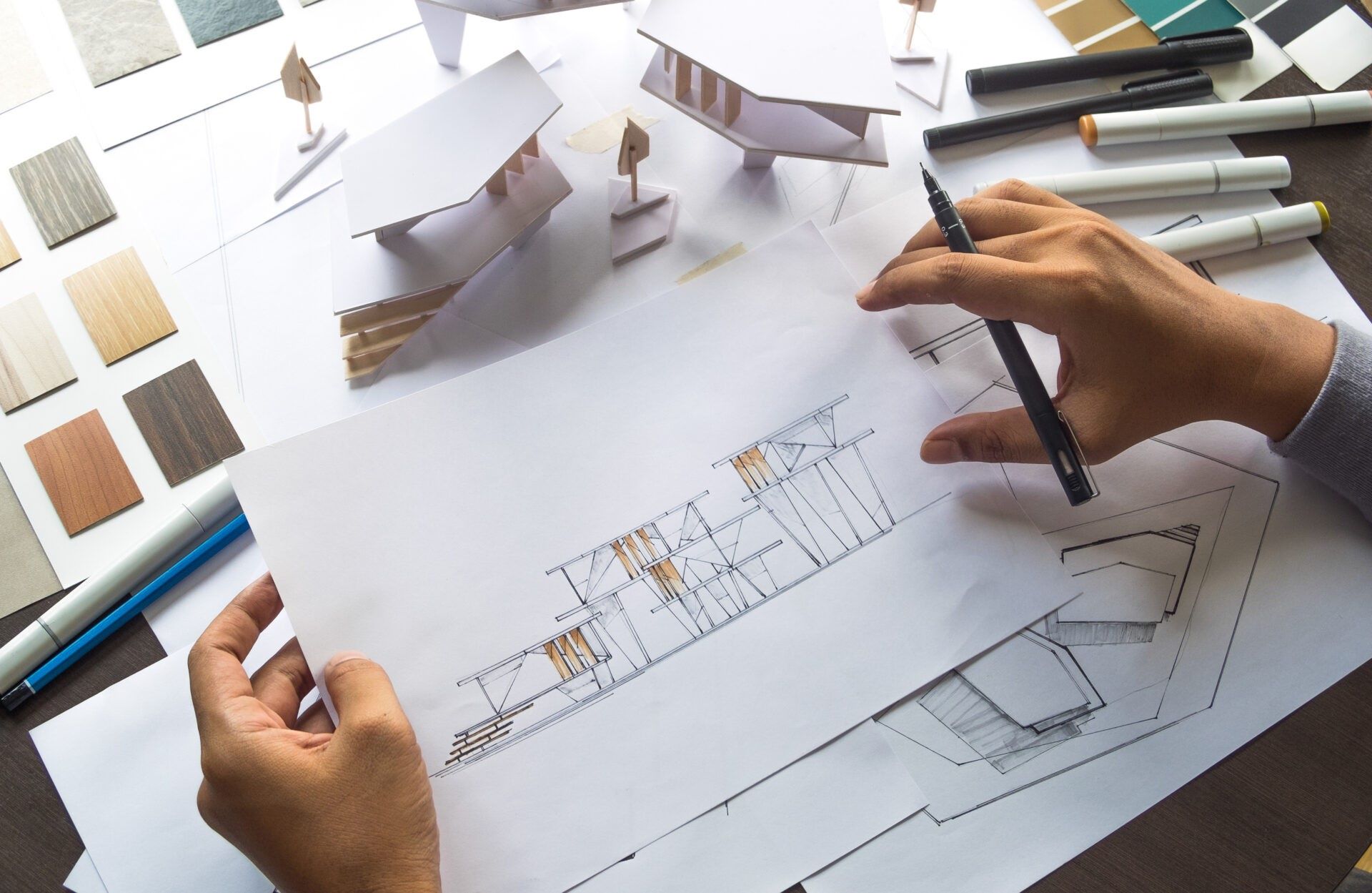


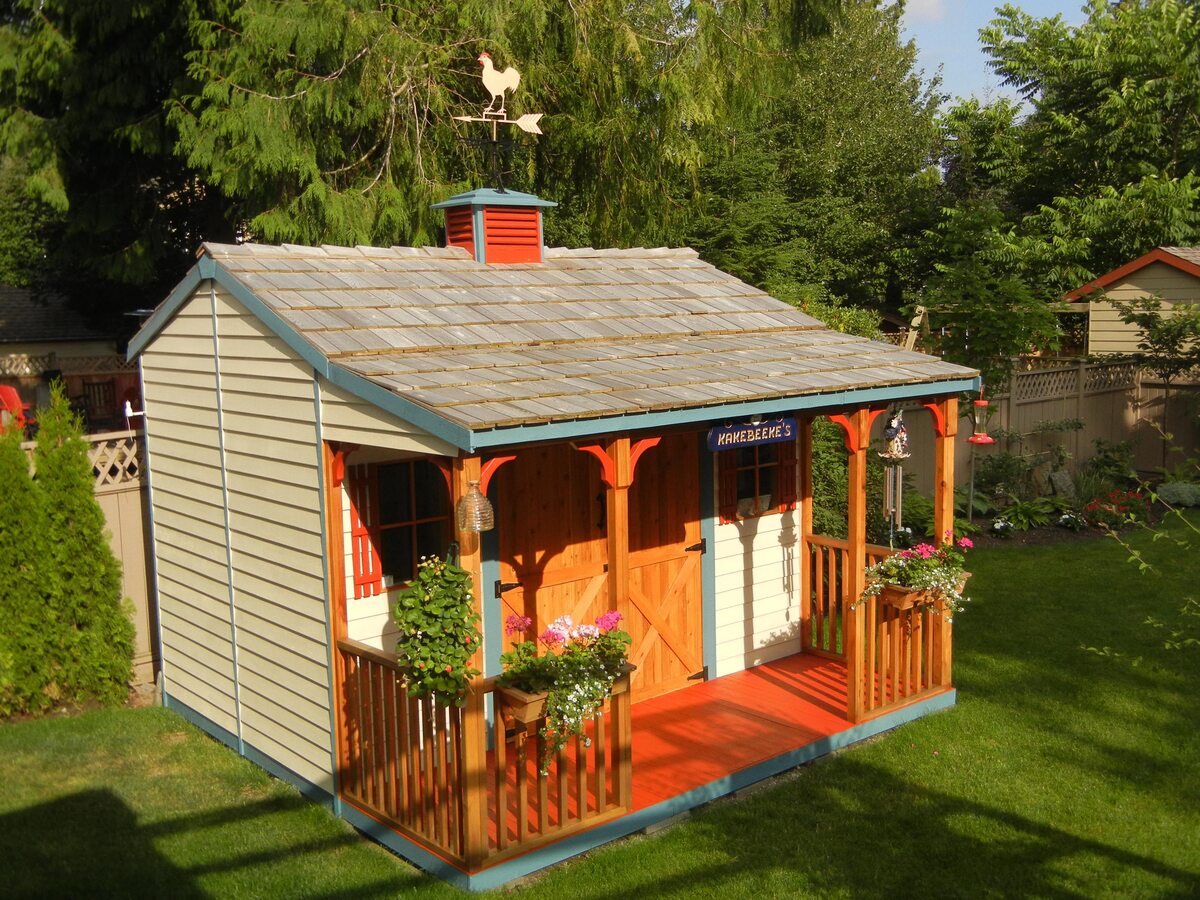
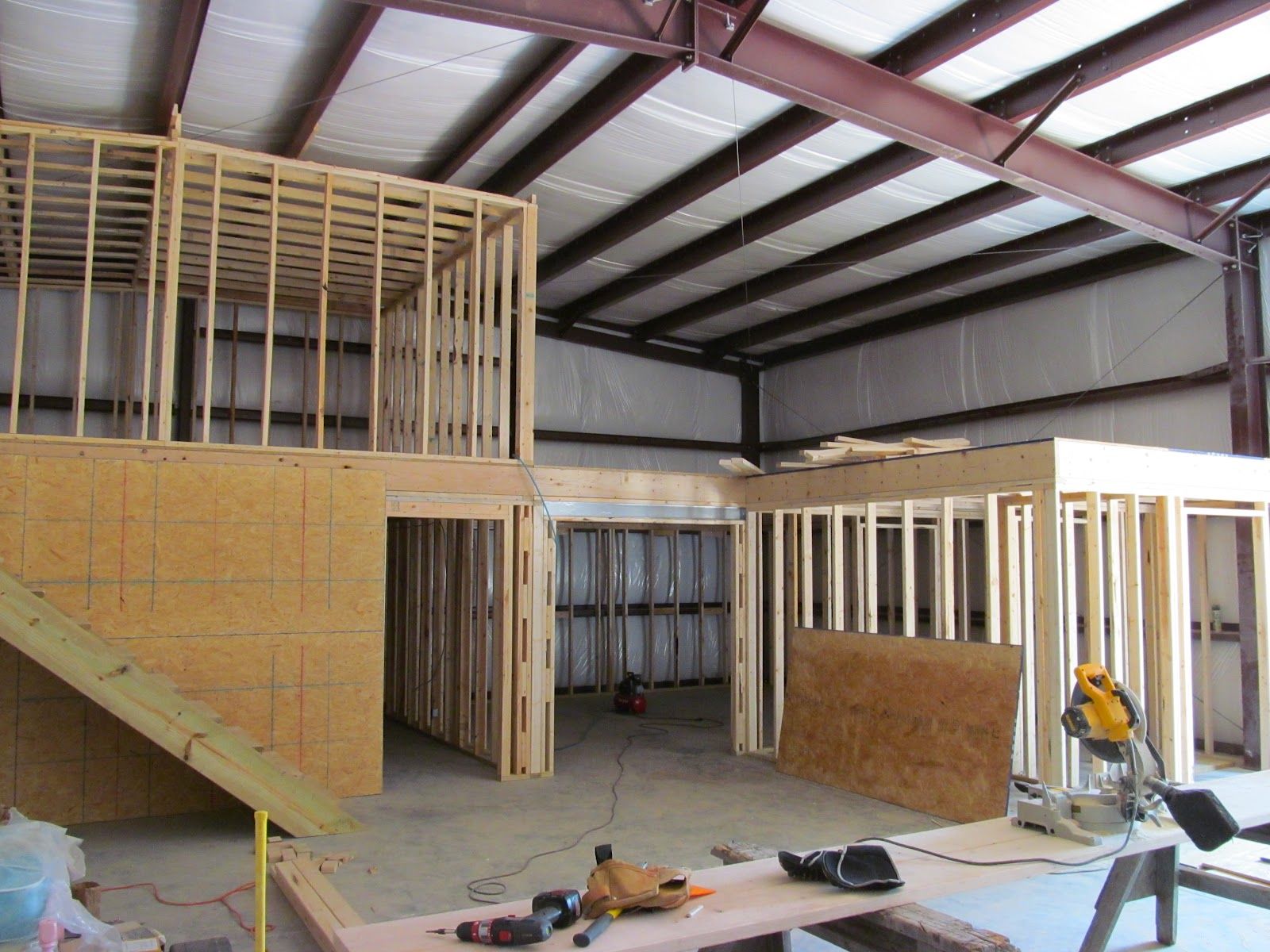
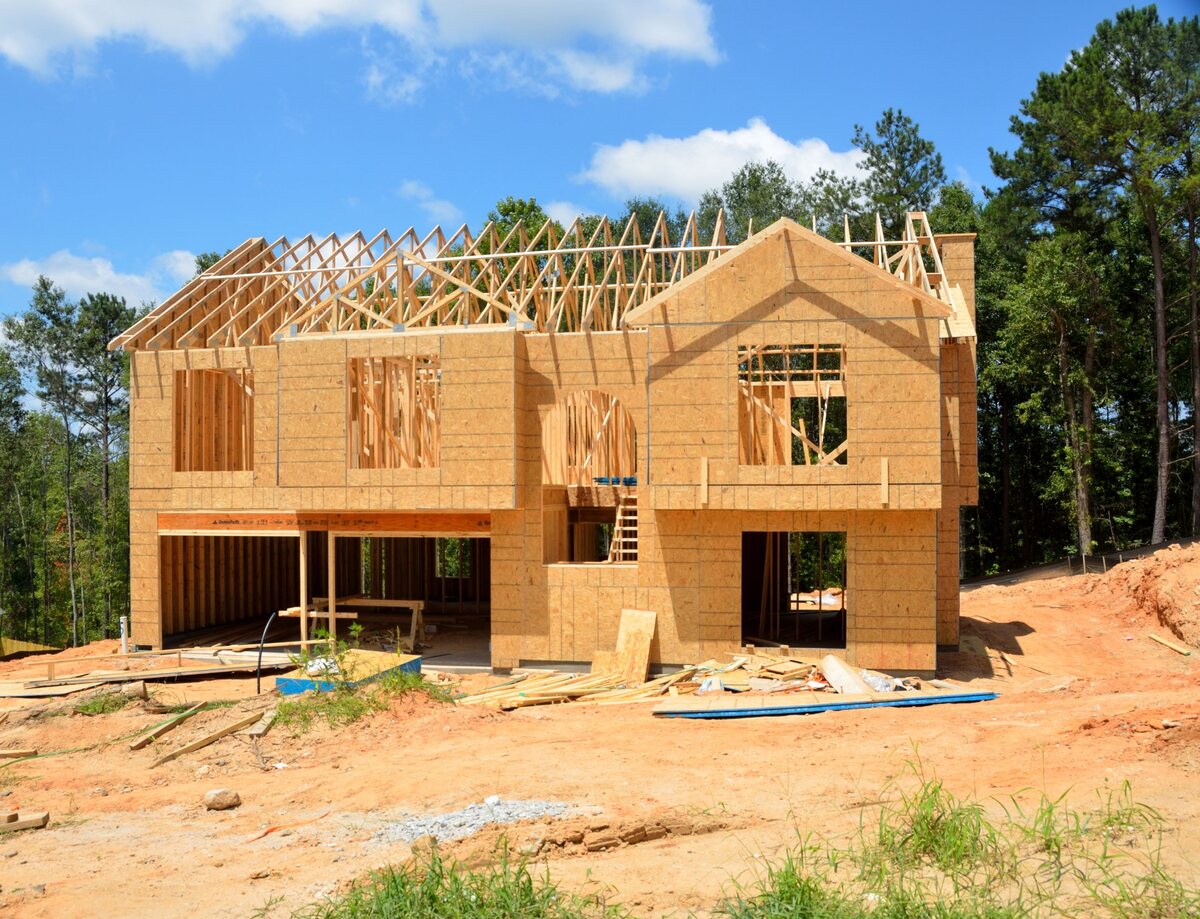


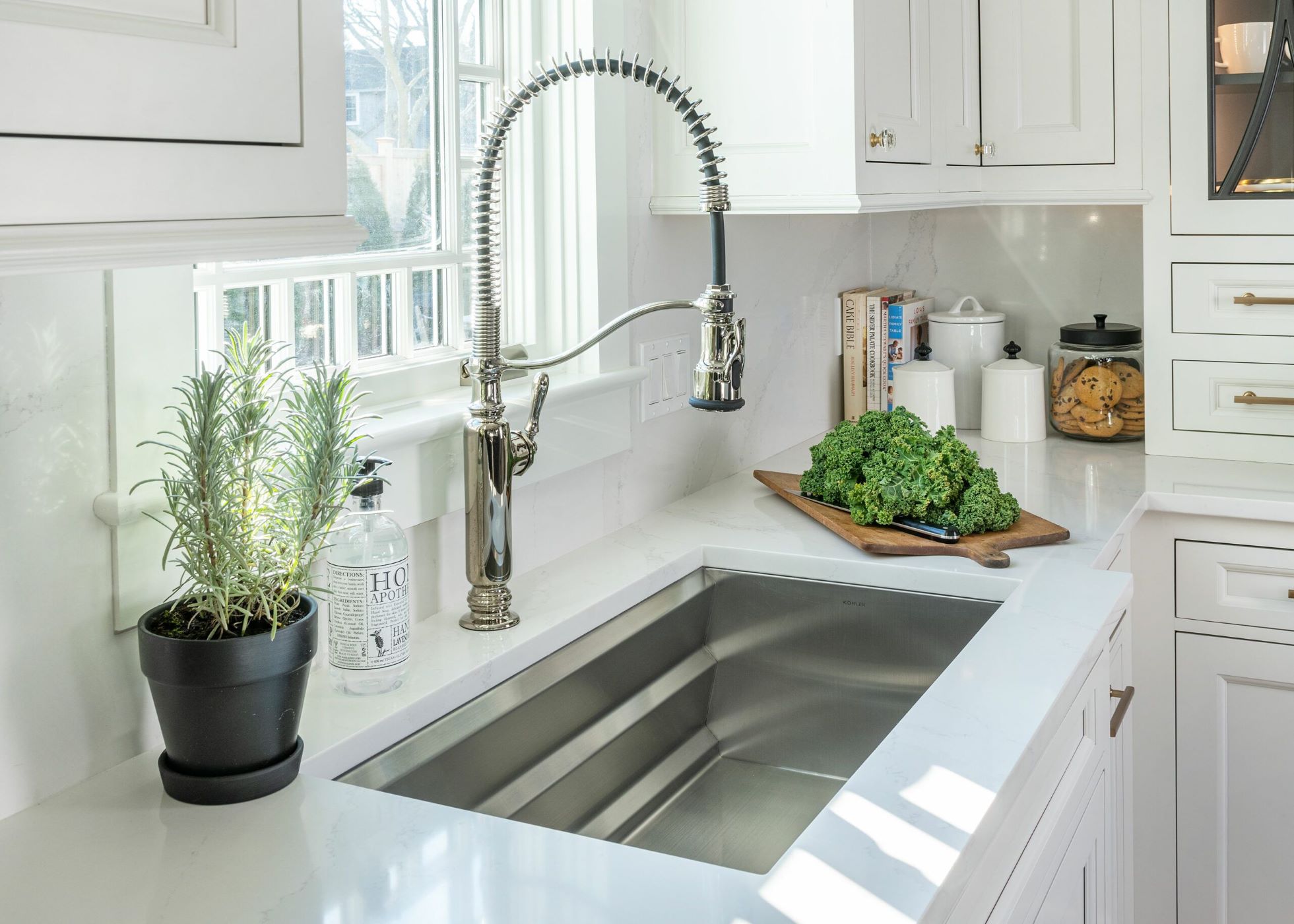
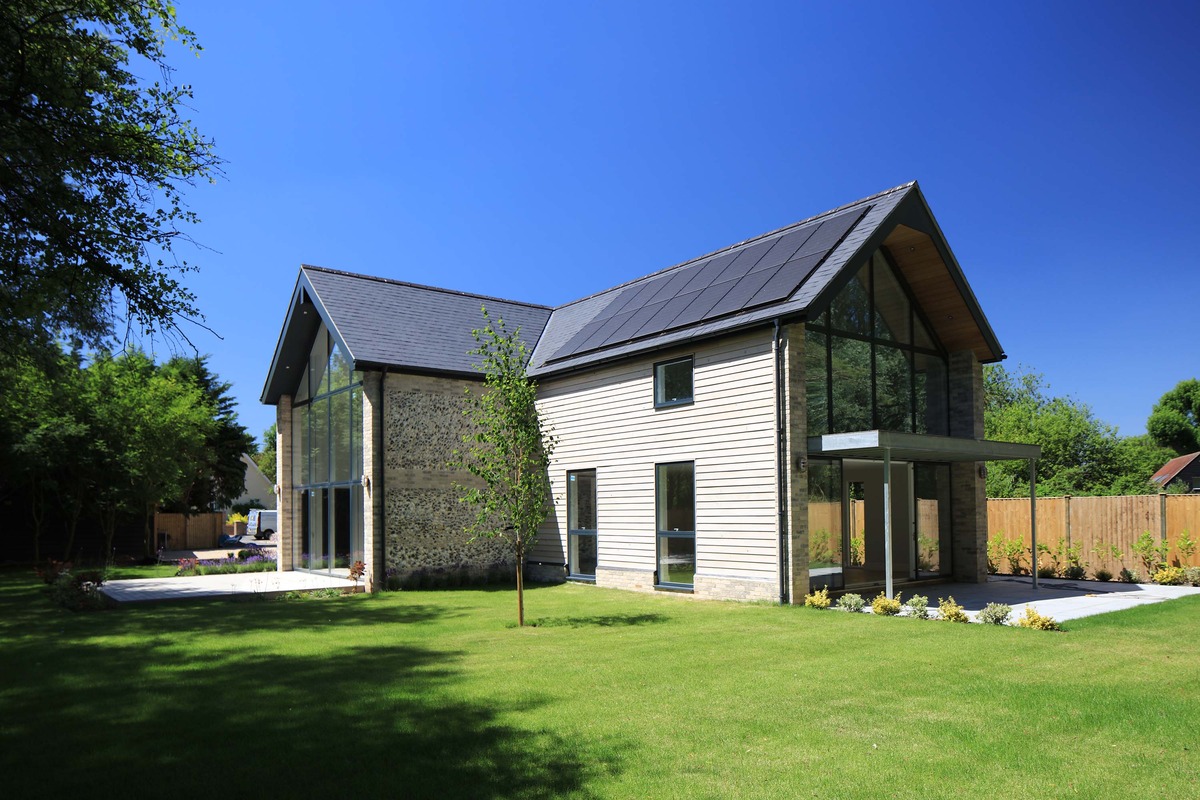
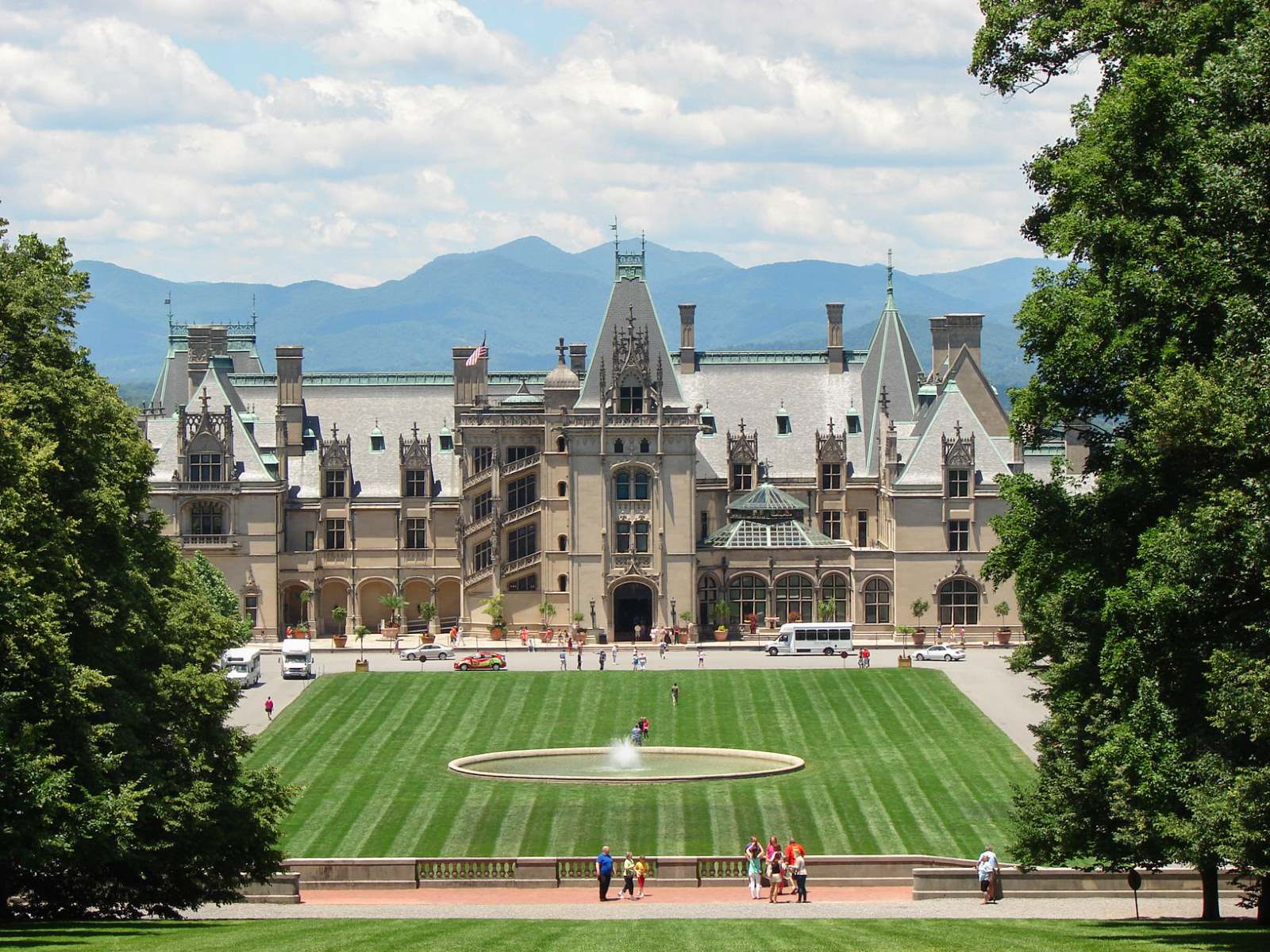
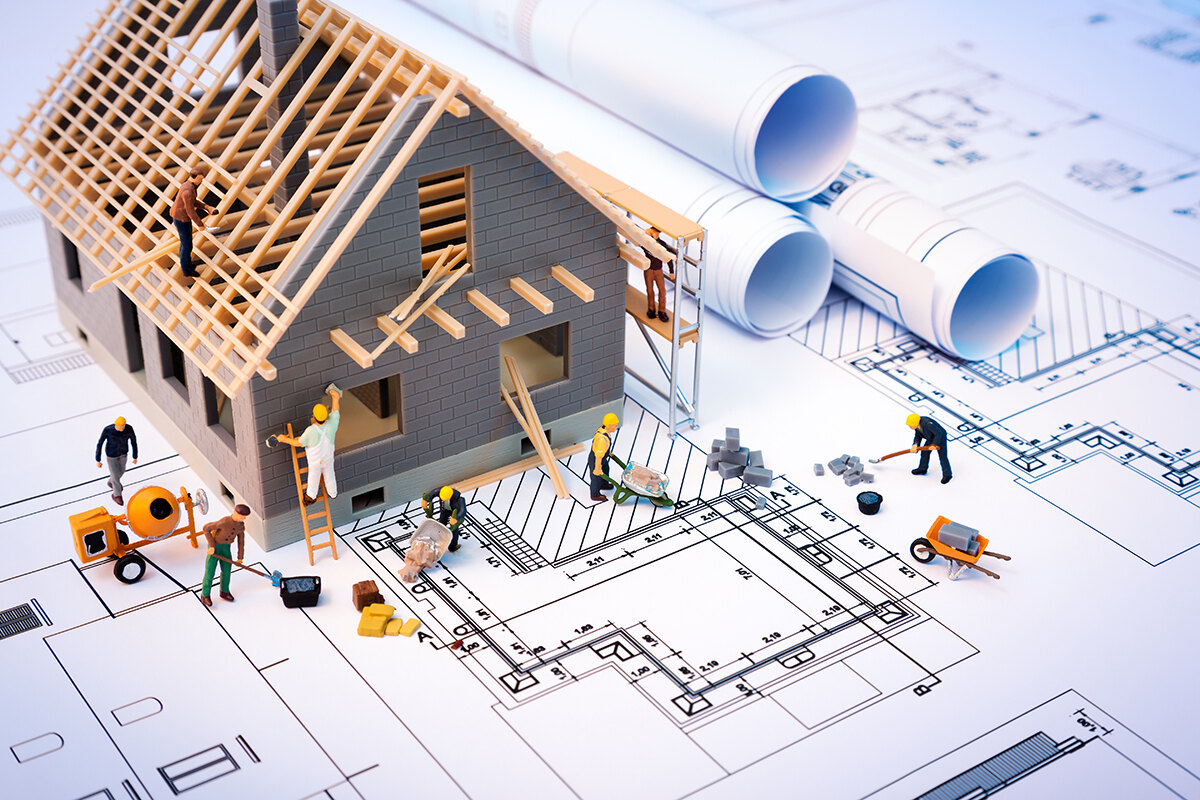
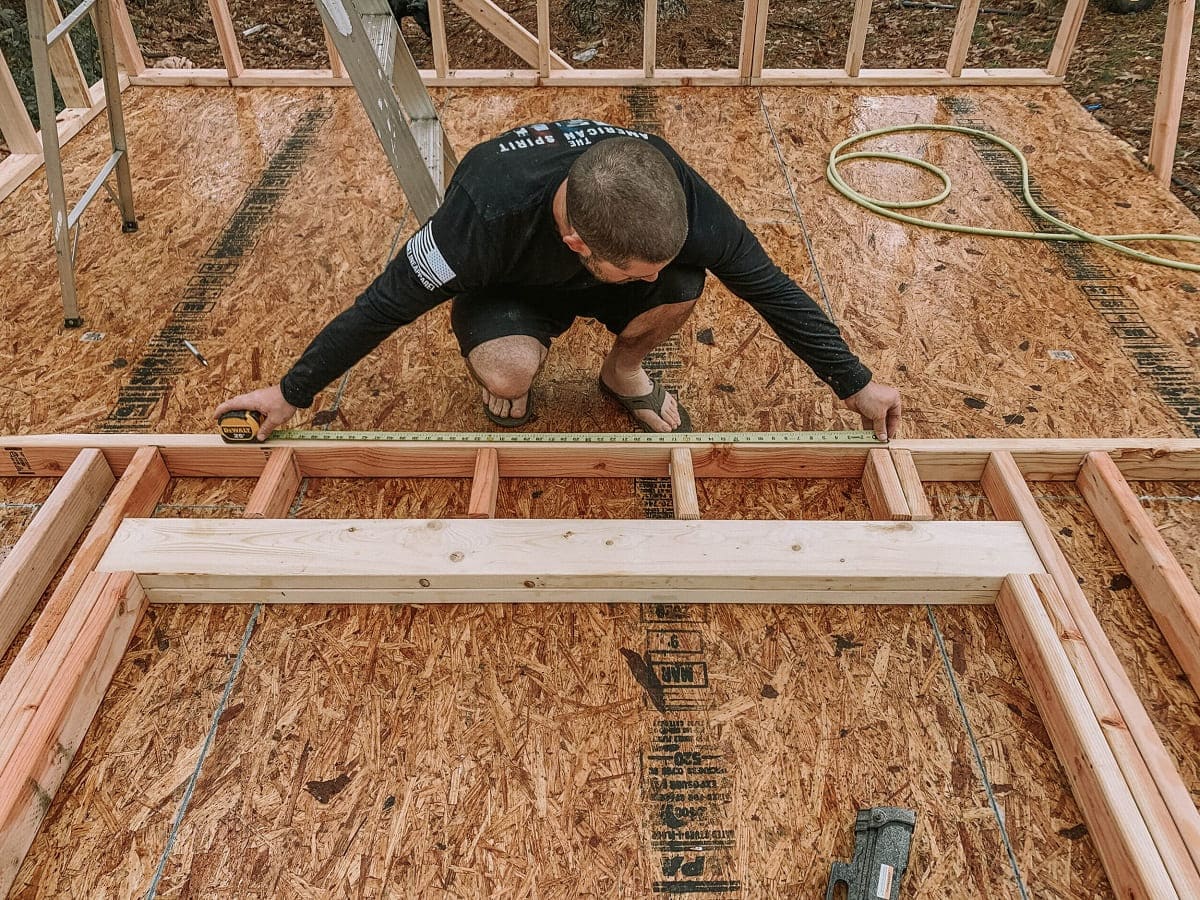

0 thoughts on “Who Designed The House And Building”